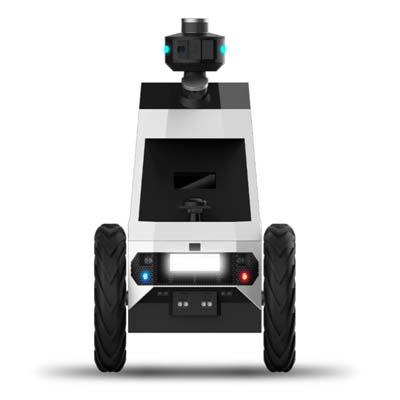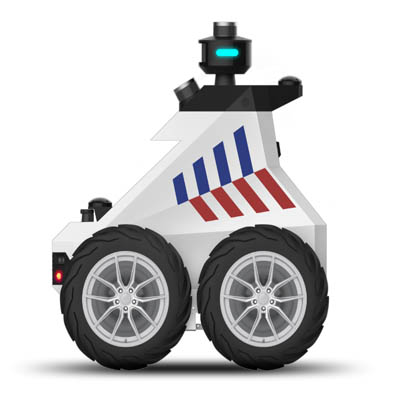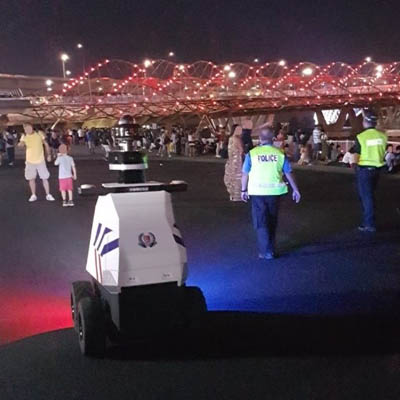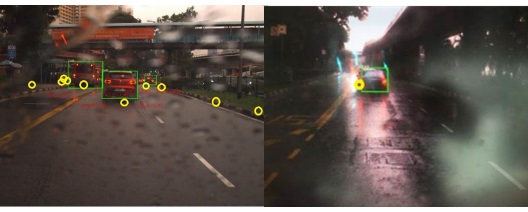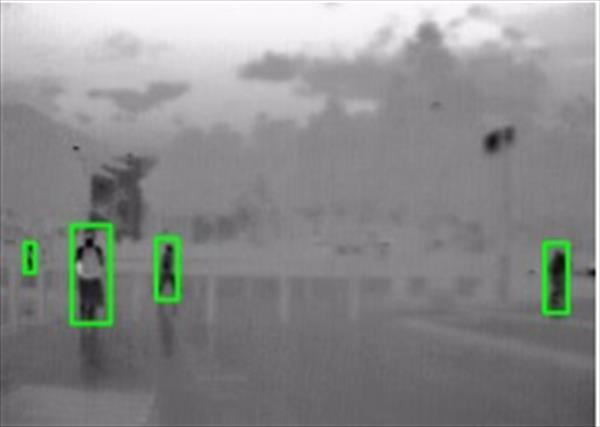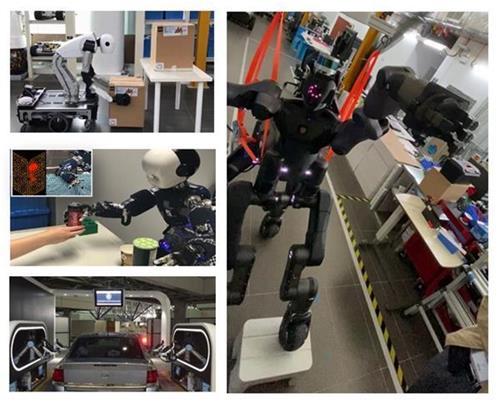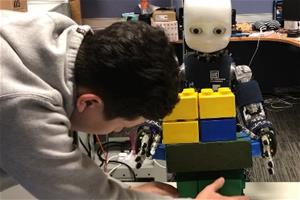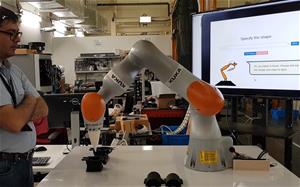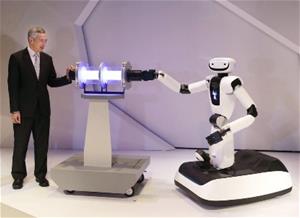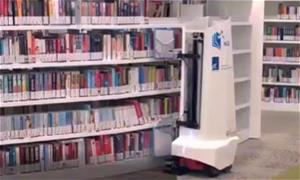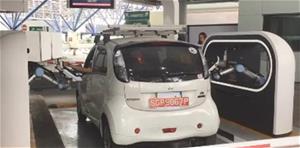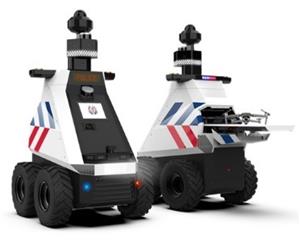Robotics & Autonomous Systems
A*STAR I²R develops state-of-the-art service robot technology that would help to boost workforce productivity amidst Singapore’s aging population and the shortage of workers undertaking dangerous, dirty and dull jobs.
We imbue service robots with artificial intelligence, empowering them to operate in dynamic and unstructured environments, as well as to assist and collaborate with humans.
As robots are complex systems, we work closely with the wide range of expertise within the Institute and across the whole of A*STAR to realise unique prototypes with mid-to-high Technology Readiness Level (TRL) that our partners and the industries need.
Some of the success stories include the successful development of Autonomous Vehicle (AV), shelf scanning robots and patrolling robots, leading to spin-off such as MooVita Pte Ltd, Senserbot Pte Ltd and BotMind Pte Ltd.
Our core capabilities include Mobility, Perception, Manipulation and Human-Robot & Multiple-Robot Collaboration.
A*STAR celebrates International Women's Day

From groundbreaking discoveries to cutting-edge research, our researchers are empowering the next generation of female science, technology, engineering and mathematics (STEM) leaders.
Get inspired by our #WomeninSTEM

